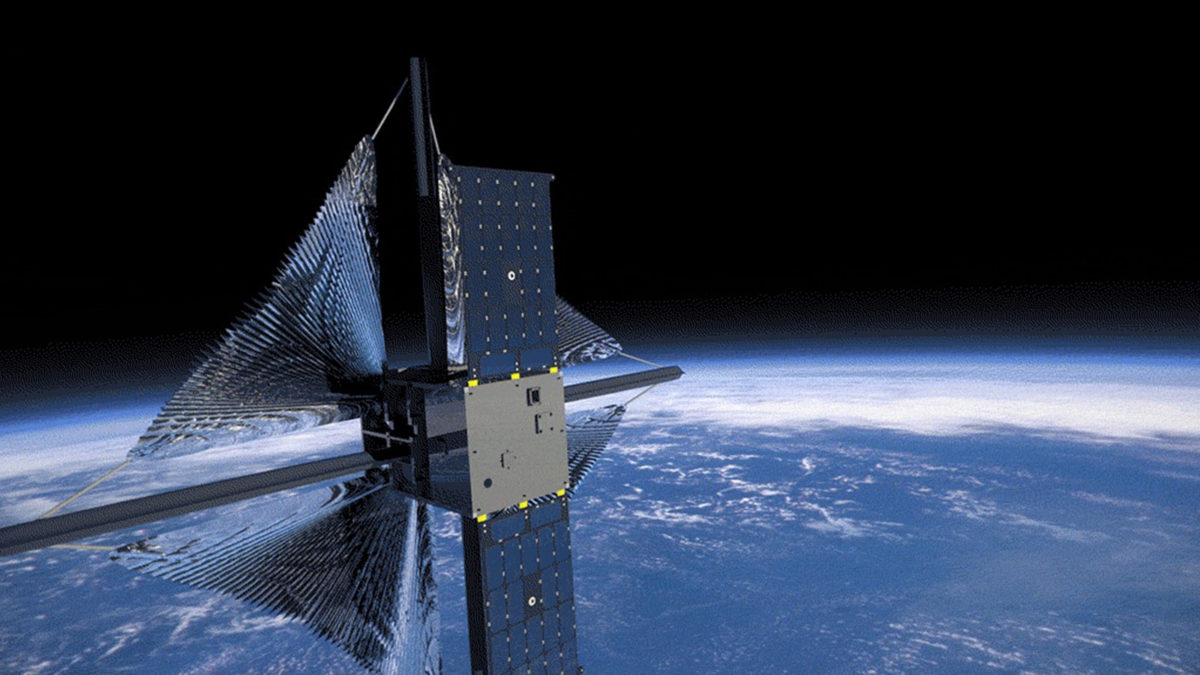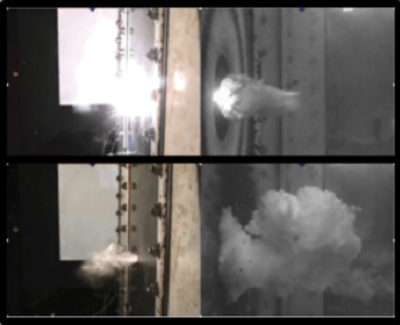Focusing on large spacecraft to carry out exploration plans
By Erik Pranckh |December 2021
The Spacecraft Structures Technical Committee focuses on the unique challenges associated with the design, analysis, fabrication and testing of spacecraft structures.
With NASA’s planned return to the lunar surface and progress toward deep space exploration, the development of large spacecraft structures to meet those exploration objectives continued.
In October, NASA selected Rocket Lab to launch NASA’s Advanced Composite Solar Sail System, or ACS3. NASA’s Langley Research Center in Virginia completed prototype testing of the ACS3 at the end of 2020. Once in space, four booms will unroll 7 meters from the 12-unit cubesat to unfurl the 80-meter-squared reflective membrane to harness the pressure of the sun in space and demonstrate solar sail propulsion. This method of propellent-less propulsion could be key to reducing the cost of deep space missions. William Keats Wilkie, principal investigator of the ACS3 at Langley, said, “The flight ACS3 solar sail will be deployed in low-Earth orbit from a 12U cubesat in late 2022. The DCB project, in cooperation with the German Aerospace Center (DLR), also recently completed zero-G parabolic flight testing of a 16-meter boom design that could be implemented on larger-scale versions of ACS3 to provide a practical low thrust propulsion system for future deep space small spacecraft.”
Student-led teams also contributed to developing deployable high-strain composite boom structures for novel spacecraft structures. In May, Virginia Tech announced the launch of ThickSat, one of 30 student-built satellites launched in a ride-share. It will test the deployment of a high-strain composite boom for Langley’s ACS3 sail.
Pushing the limits of large deployable spacecraft structures even further, in January, Roccor of Colorado was selected to develop an even larger solar sail architecture slated to follow a few years after the ACS3 mission. NASA chose Roccor, a subsidiary of Redwire, to develop a 1,600 m2 solar sail called Solar Cruiser, which will have a deployed area 20 times the size of the ACS3. Principal investigator Les Johnson of NASA’s Marshall Spaceflight Center in Alabama is leading the program. Roccor took a similar approach to Langley and will use its own high-strain composite boom technology for a cost-effective small spacecraft to host the payload.
In March, NASA selected five companies to receive up to $700,000 each to develop technology concepts for high-power, relocatable solar arrays on the moon. Astrobotic Technology of Pennsylvania, ATK Space Systems of California, Honeybee Robotics of New York, Lockheed Martin and Space Systems Loral of California began the technical work in August as part of NASA’s Vertical Solar Array Technology project. NASA plans to select two of the companies in 2022 to receive up to $7.5 million each to develop high-fidelity prototypes that would be demonstrated on the lunar surface as early as 2028. The VSAT project, within the Game Changing Development program at NASA’s Space Technology Mission Directorate, is planned as the initial and primary source of electric power for operations on the lunar surface for the Artemis program.



































